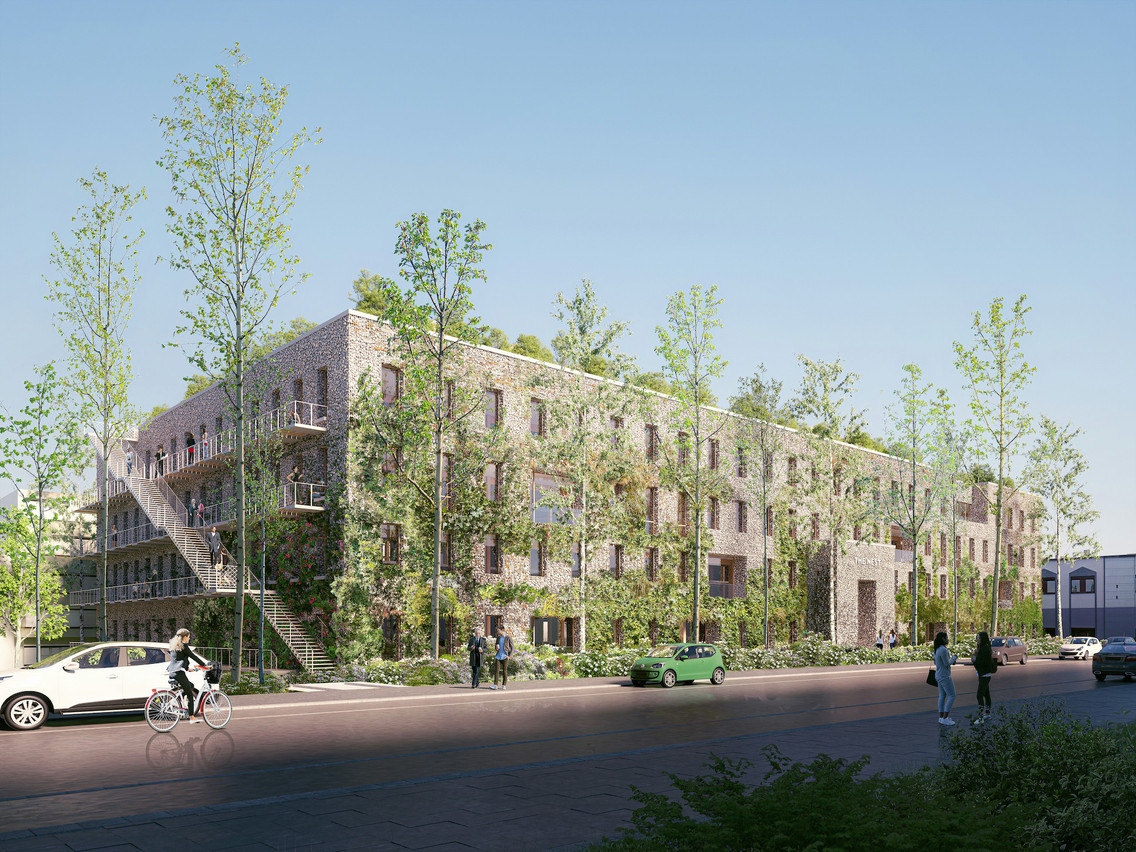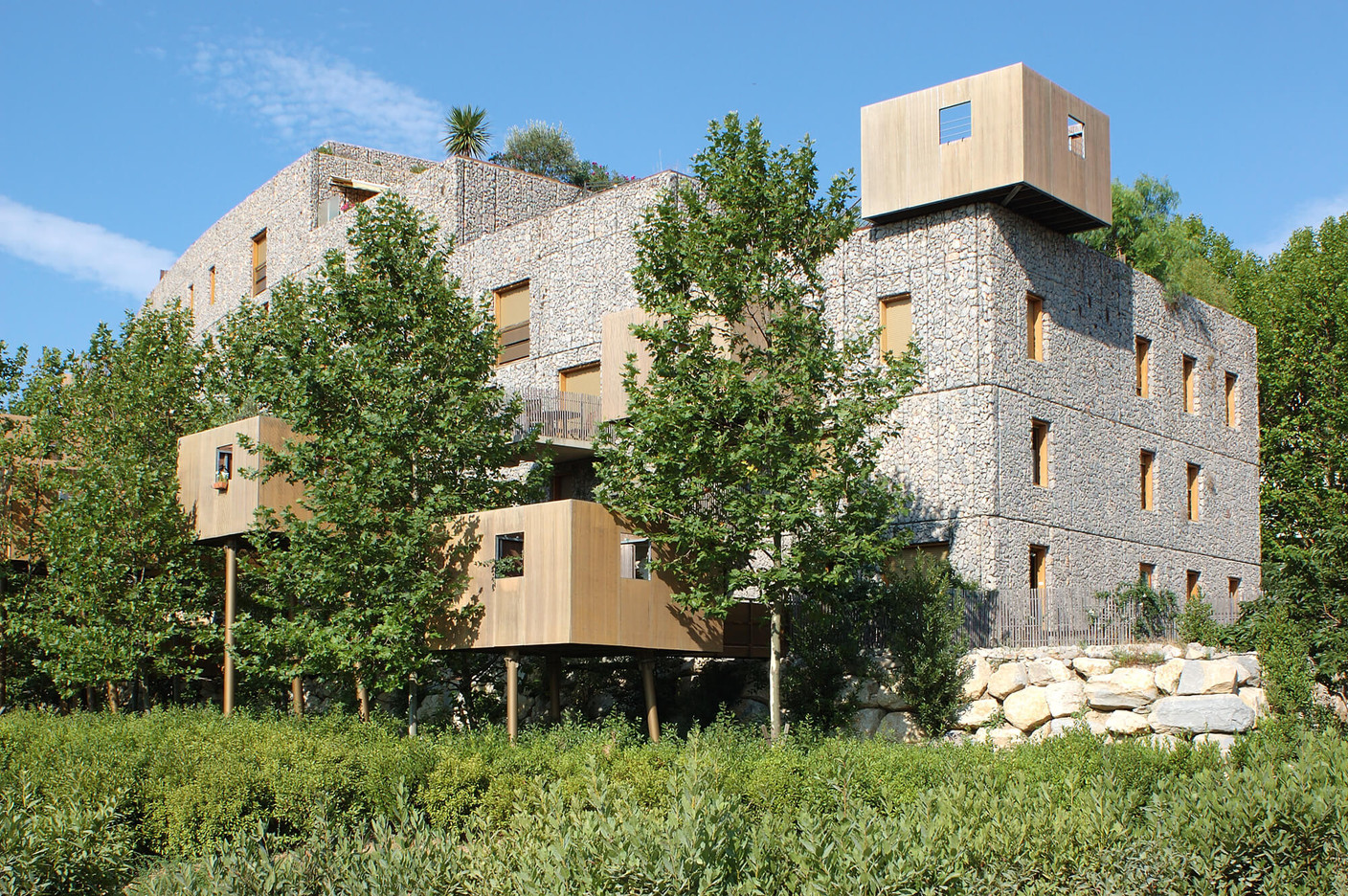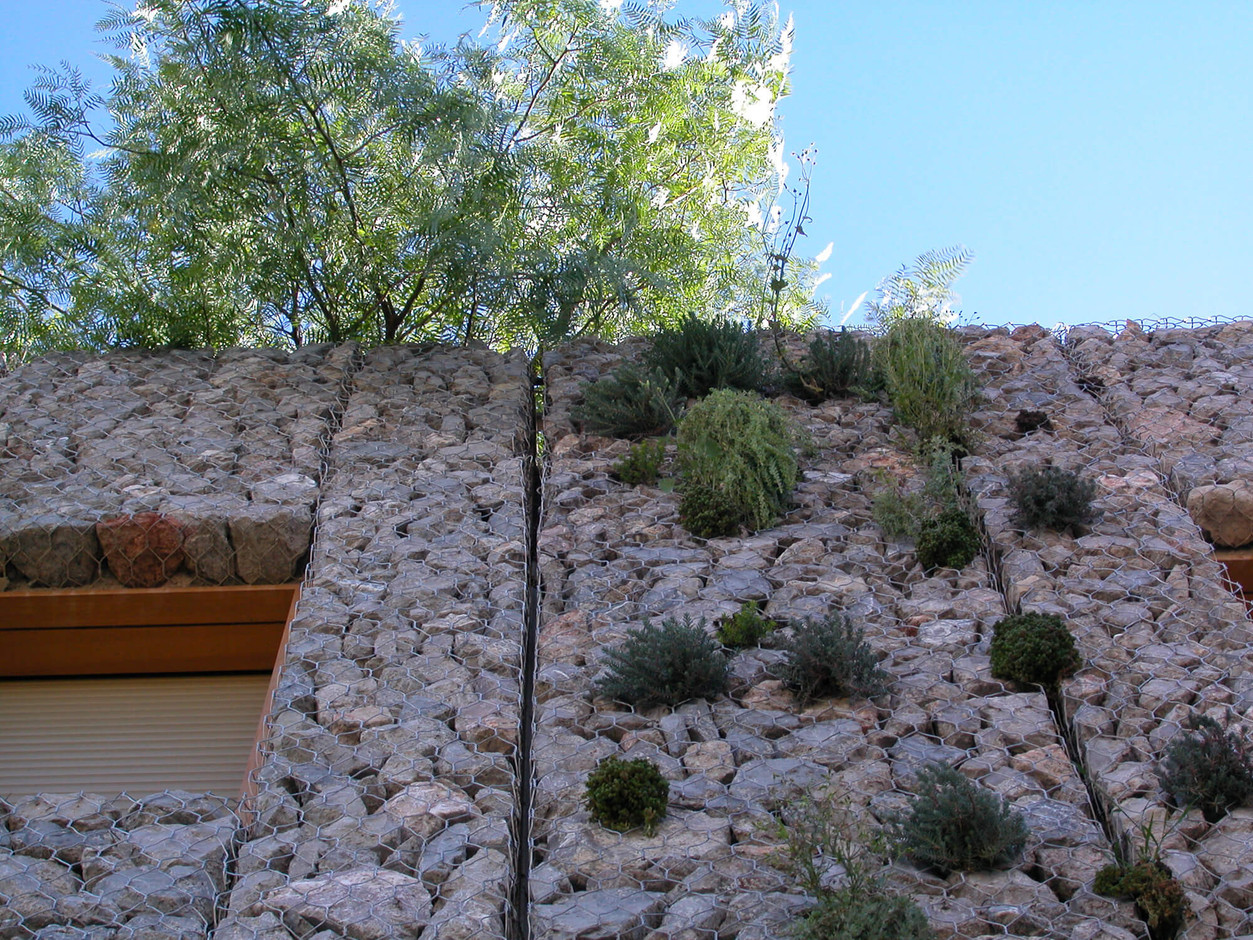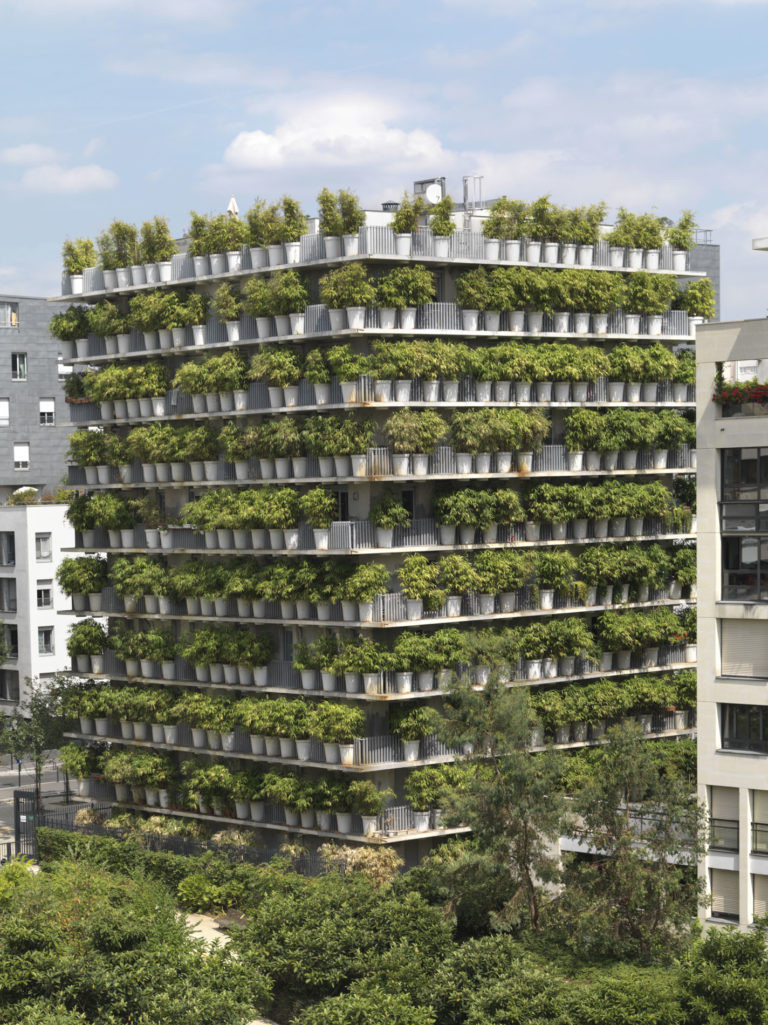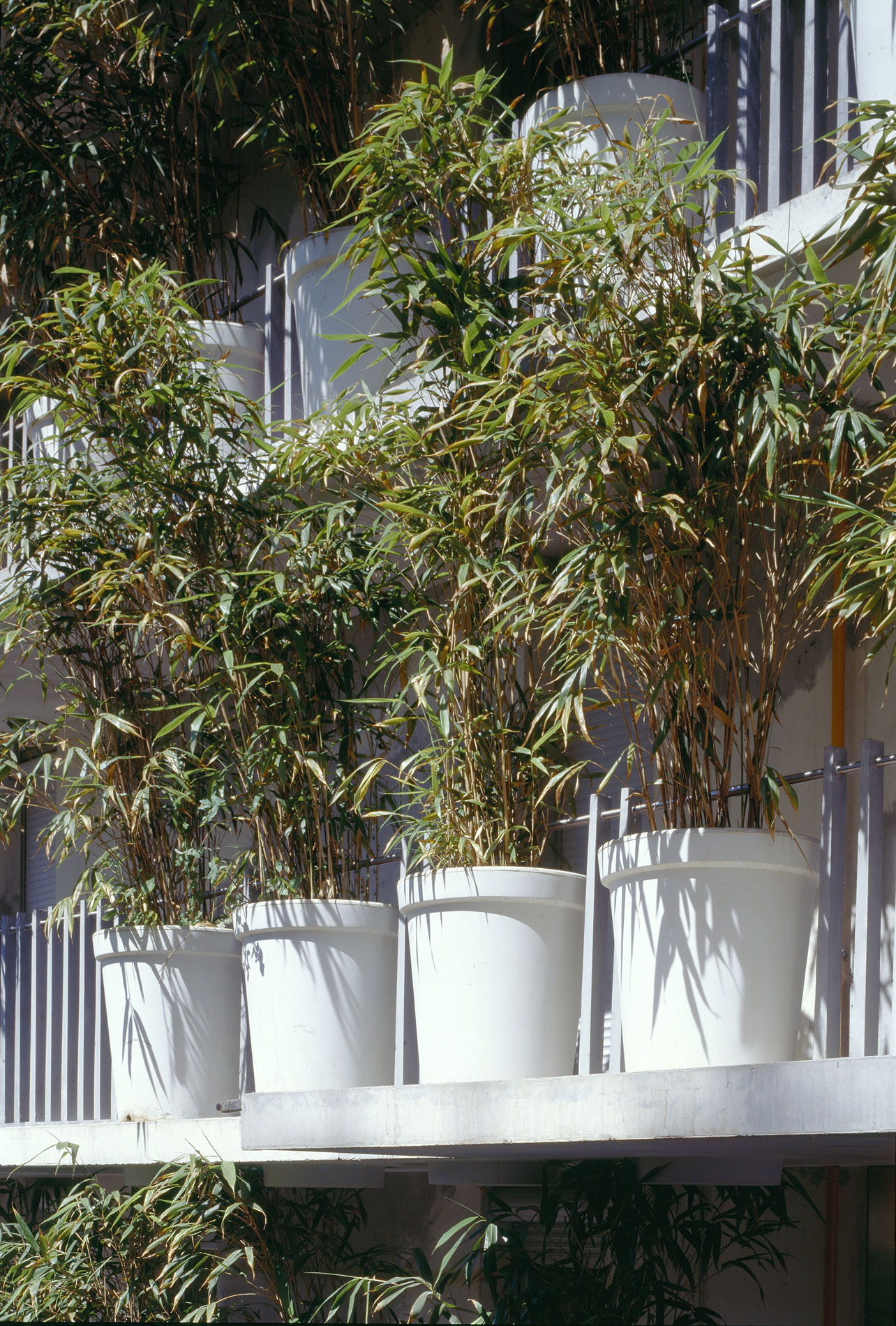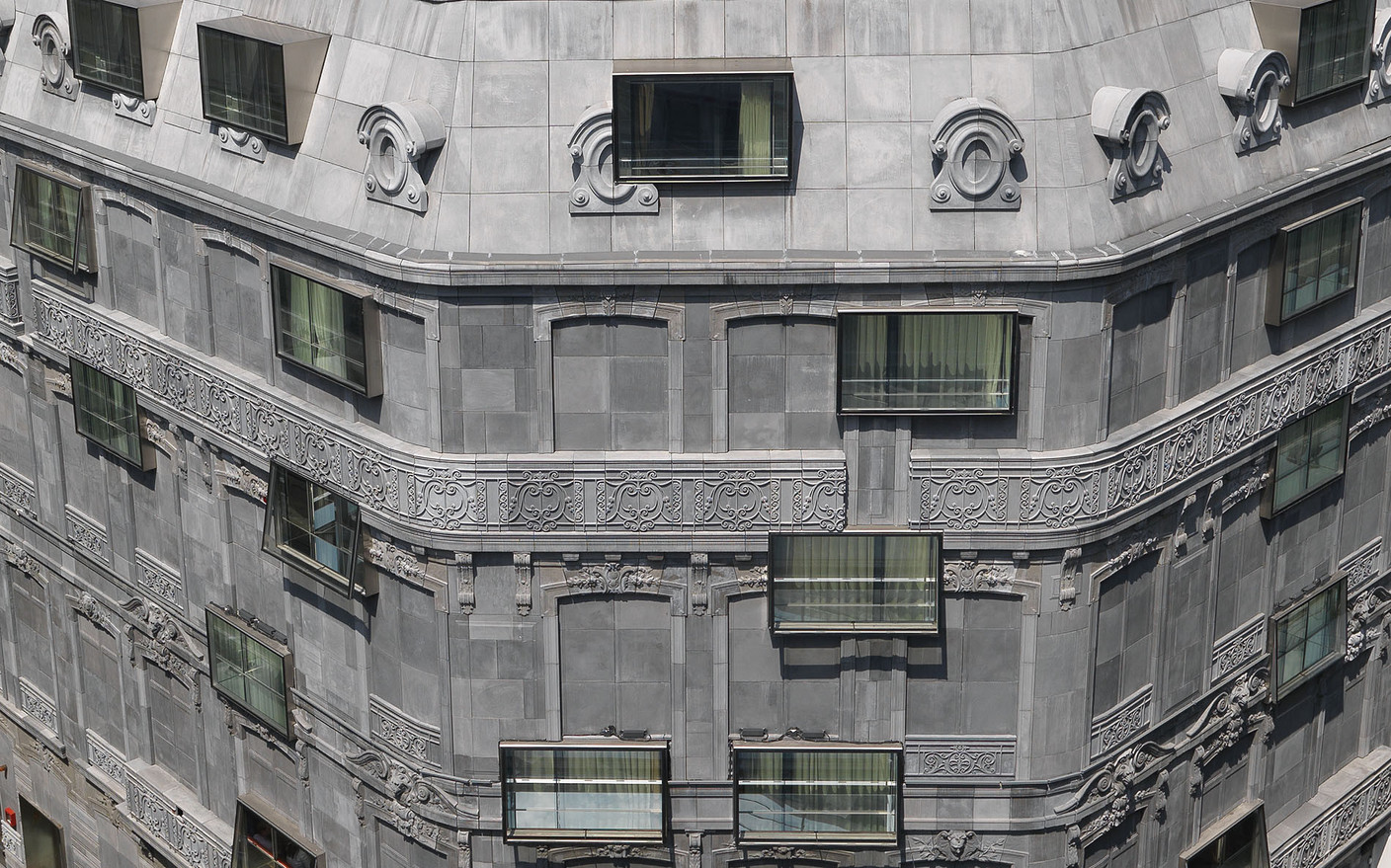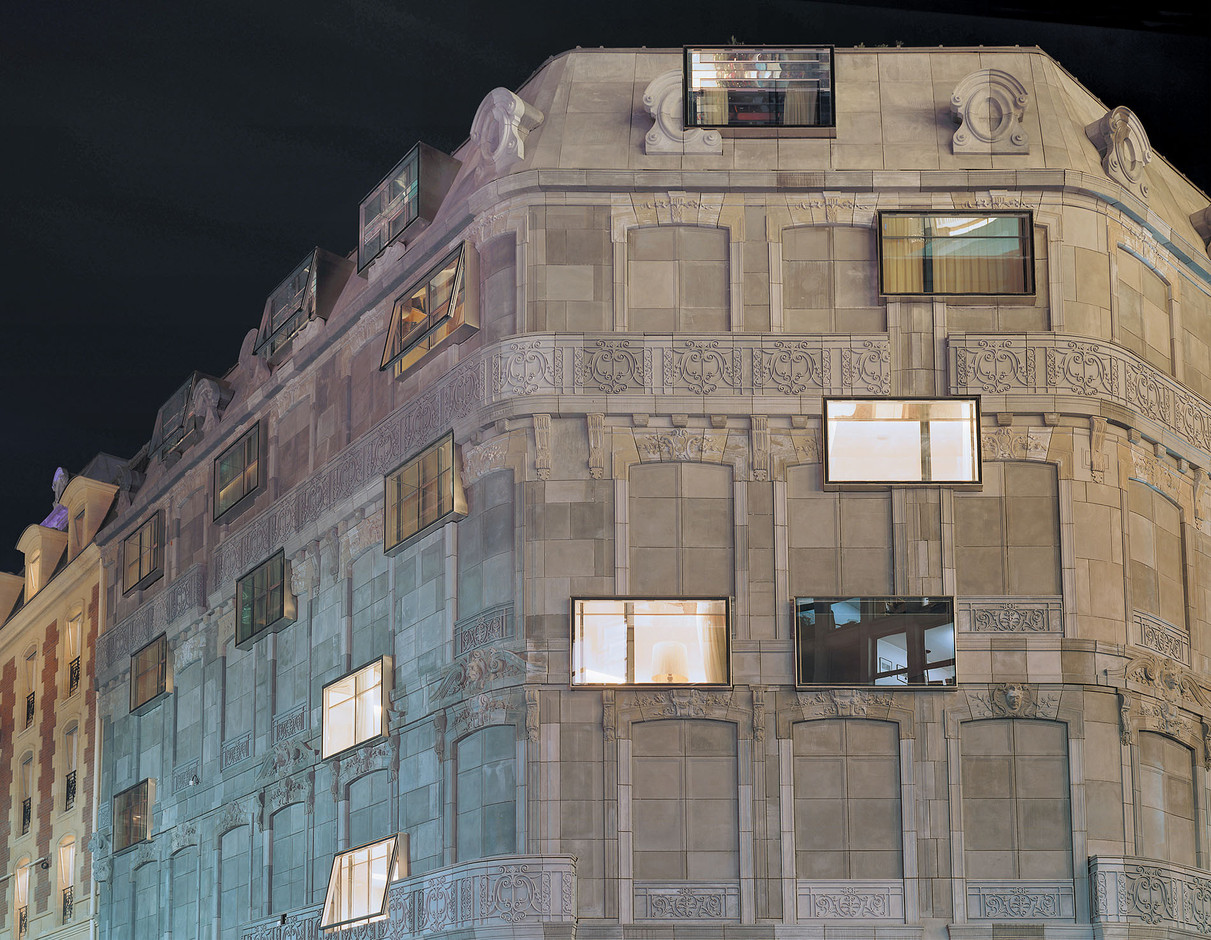A few days ago, Eaglestone announced the development of a new office building in place of a car park in the “old” part of the Cloche d'Or in Luxembourg. Now we know the name of the architectural firm that was awarded the design of this building following a competition: it is the Parisian firm Maison Édouard François. They are associated with M3 Architects for this first Luxembourg experience.
An office known for its plant-based approach
A future-oriented building, a “refuge for biodiversity,” which “cuts through the parcel to create an urban forest.” This is the promise made by Eaglestone about The Nest. And we want to believe them, because Maison Édouard François does indeed carry out projects that include plant life in their architectural designs and does not hesitate to develop iconoclastic buildings.
“The company has realised that bad eating can be matched by bad building, which has equally serious consequences for fellow citizens,” reads their website. “Bad eating destroys the human being, bad building destroys the environment, the landscape and the human being afterwards. This has given the house a new look at the act of building, making it shun all forms of architectural anorexia and return to good fats and good built gluten.”
Often discussed, the projects of Maison Édouard François do not leave anyone indifferent. One example is the Immeuble qui pousse in Montpellier, whose facade hides behind gabions, plantations that develop over the years, aided by an automated irrigation system. The model and drawings of this project are now part of the collections of the Centre Pompidou in Paris and the project illustrated a campaign by the French ministry of culture and communication for architectural quality.
Or the Tower Flower building in the joint development zone Porte d'Asnières in Paris, where the balconies are made up of XXL flower boxes with bamboo.
Or the very daring facade for the Fouquet’s Barrière Hotel, which implements the concept of the “moulded hole.” It copies a Haussmannian façade pierced by large openings that have no connection with the design of the façade, but are related to the interior programme.
Growing gabions and photovoltaic canopy
For its project in Luxembourg, Maison Édouard François plans to build a building with a gabion façade designed to accommodate and protect local fauna and flora, based on the same principle as the Immeuble qui pousse façade. The new building will represent 8,500m2 above ground and almost 2,000m2 of services on the garden level. The heart of the building will be an atrium, with a canopy covered by a photovoltaic plant. In addition to being energy efficient, the building will also produce energy. Around the central atrium, there will be panoramic lifts, walkways and stairs. It is announced that “the vegetation will extend to the ceiling,” thus making the choice of a biophilic architecture.
Furthermore, The Nest will correspond to new ways of working. Maison Édouard François states on this subject that it is a question of “introducing a parenthesis of calm and greenery into the sometimes frantic rhythm of the city.” Numerous shared spaces have been created inside the building, such as a fitness room and informal relaxation areas, as well as on the roof. The Nest’s occupants will also be able to move between floors thanks to the many outdoor walkways and maintain a privileged link with the green environment throughout the day.
For Eaglestone, this building is a development that meets the requirements of the forthcoming European taxonomy and the market’s need for green investments.
The marketing of the building has already been launched and entrusted to JLL Luxembourg. Delivery of the building is scheduled for 2025.
This story was first published in French on . It has been translated and edited for Delano.
